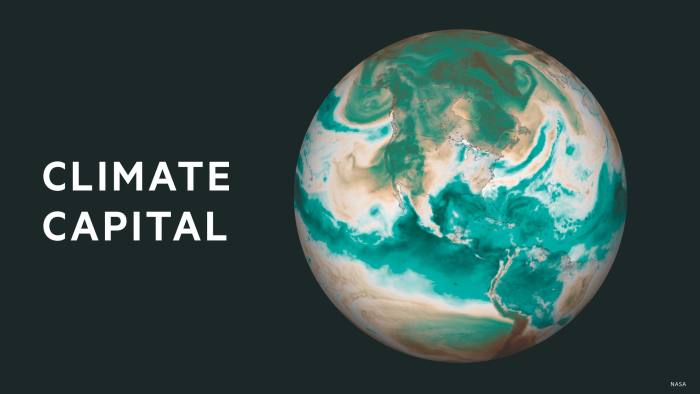Wildfires in the boreal forests that ring the globe’s far northern latitudes are emitting rapidly increasing amounts of carbon dioxide, according to an international study using new satellite technology.
Burning boreal forests across Eurasia and North America in 2021 released a record 1.76bn tonnes of CO₂ — representing 23 per cent of the world’s entire CO₂ emissions from fire. Global energy-related CO₂ emissions reached a record of almost 37bn tonnes in the same year.
“Boreal forests could be a time bomb of carbon and the recent increases in wildfire emissions make me worry that the clock is ticking,” said Steven Davis of the University of California, Irvine and co-author of the study, released at the American Association for the Advancement of Science annual meeting in Washington and published in the journal Science.
The researchers, led by scientists from Tsinghua University in China, said that while tropical forest fires had attracted much attention, as a result of deforestation, boreal forests were relatively overlooked. This was despite them being one of the most extensive and important biomes on Earth and being at threat from warming that is occurring much faster in the Arctic region than the rest of the planet.
Measuring emissions from fires is essential for modelling climate change. But it is hard to pinpoint the contribution of new carbon sources directly when the atmosphere already contains so much long-lived CO₂. Instead, the researchers turned to an indirect method.

As a proxy, they monitored carbon monoxide generated by fires, which lasts no longer than a few weeks in the atmosphere before it is oxidised to CO₂.
The analysis used data from an instrument on Nasa’s Terra Earth observation satellite, the Mopitt (measurements of pollution in the troposphere), which has a continuous series of recordings dating back to 2000.
The results support other evidence that wildfires have expanded over the past two decades in boreal forests, which consist mainly of conifers with some birch and poplars. Emissions from these fires rose rapidly in 2021, a year of severe drought and heatwaves which continued into 2022, although the latest year’s data is not yet available.
Over the past 10 years, wildfires in the boreal regions have increased faster than in tropical forests, partly reflecting the fact that average temperatures are rising more quickly in the north of the planet than close to the equator, as the reflective layer of snow and ice melts through global warming.
The research also confirms the feedback between climate change and wildfires.
Increasing CO₂ releases from fires “pose a widening threat to climate, given that part of the emissions might not return to vegetation and soils,” the scientists say, “because the trees do not grow back so well in warmer and dryer conditions.”
Although the new study used satellite data, “we need ground measurements too to monitor forest fires”, said Philippe Ciais, a co-author from Université Paris-Saclay.
But the rupture in scientific relations with Russia, home to the world’s largest boreal area, following the Ukraine invasion “is a real problem for our understanding”, said Ciais. “We are going to lose several years before getting officially the data we need for the boreal regions of Russia and Siberia.”
*Mapping information supplied by Nasa’s Fire Information for Resource Management System
Climate Capital

Where climate change meets business, markets and politics. Explore the FT’s coverage here.
Are you curious about the FT’s environmental sustainability commitments? Find out more about our science-based targets here

